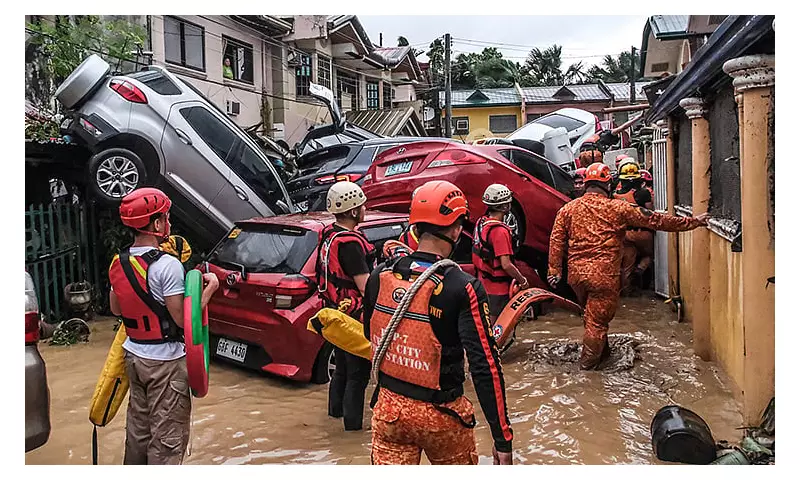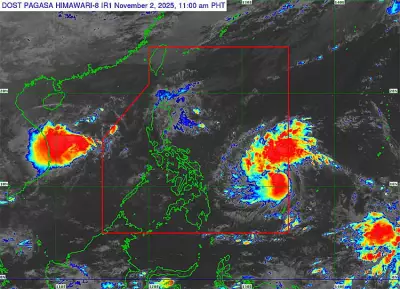
CEBU CITY - The aftermath of Tropical Depression Tino has left Cebu province reeling with a staggering death toll of 48 individuals, exposing critical gaps in the region's disaster preparedness and infrastructure development.
Human Cost of Development Deficiencies
The recent calamity has transformed from a weather emergency into a stark revelation of Cebu's developmental challenges. Rescue operations continue across multiple municipalities as emergency teams work tirelessly to locate missing persons and provide aid to affected communities.
"What we're witnessing goes beyond natural disaster statistics - this is a manifestation of systemic infrastructure weaknesses that require immediate addressing," stated a local disaster response coordinator who requested anonymity.
Geographic Impact and Response Efforts
The devastation spread across Cebu's diverse landscape, with particular severity noted in:
- Mountainous regions experiencing catastrophic landslides
- Coastal communities battling severe flooding and storm surges
- Urban centers grappling with structural collapses and drainage system failures
Emergency response teams from neighboring provinces have joined local authorities in what has become one of Central Visayas' most challenging rescue operations in recent years.
Beyond the Immediate Crisis
While immediate relief efforts understandably focus on saving lives and providing essential supplies, urban planners and environmental experts emphasize that Tino's impact should serve as a crucial wake-up call for comprehensive infrastructure reform.
The tragedy underscores several critical areas requiring attention:
- Upgraded early warning systems for remote communities
- Reinforcement of slope protection in landslide-prone areas
- Modernization of drainage infrastructure in urban centers
- Implementation of climate-resilient building codes
As Cebu mourns its losses, the conversation has shifted from mere disaster response to sustainable development strategies that could prevent future tragedies of this magnitude.





